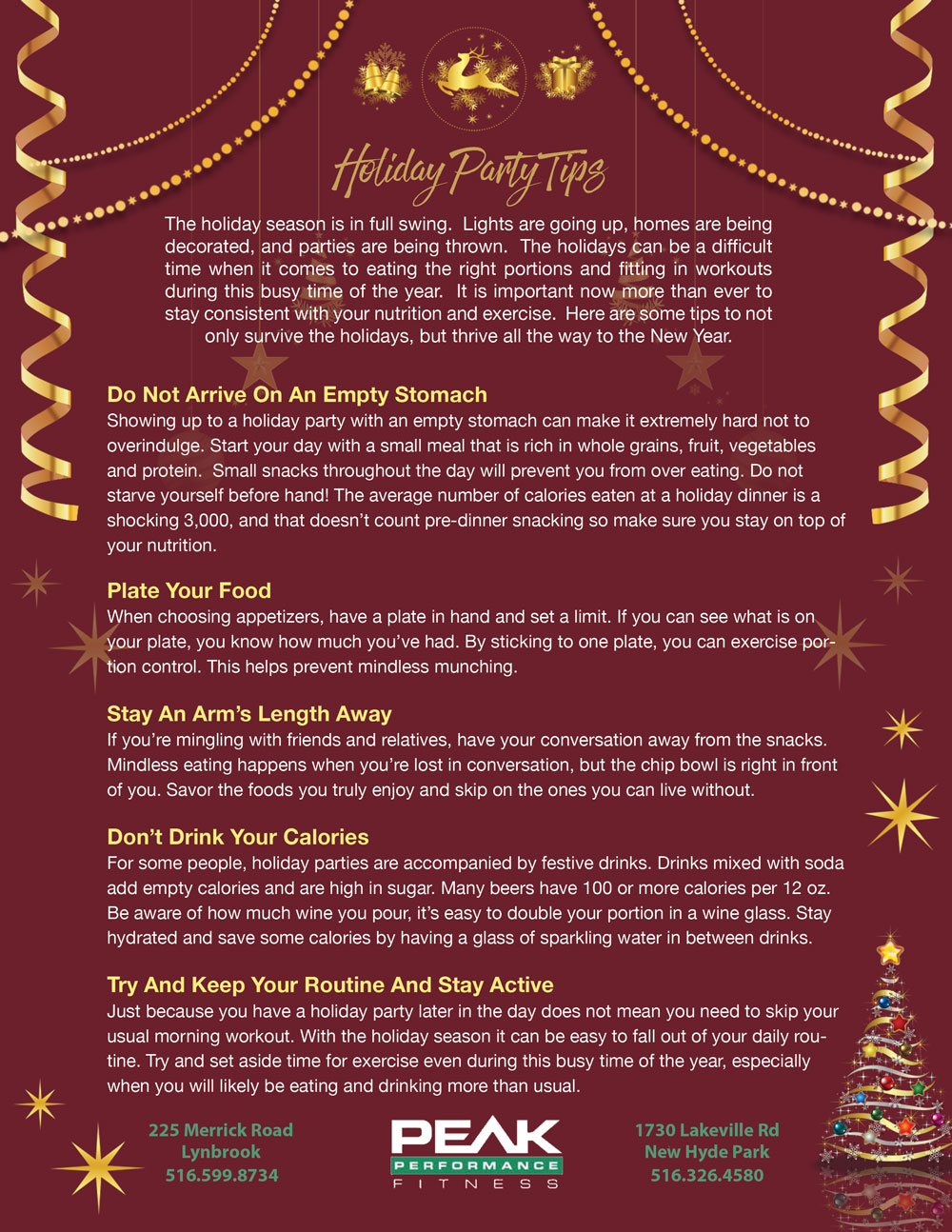There is more to exercise than just going through the motions. The most important piece is the ‘why’ which keeps us going and prevents us from quitting after only a couple of weeks. Whether your goal is to feel better, lose weight, feel stronger and more muscular, or to live a healthier life, staying on the right path takes consciousness and effort.
When we first start a workout program, something in our thoughts motivated us enough to initiate an exercise regimen—but somewhere along the line, we lose track of our goals and life gets in the way. In order to maintain a healthy and active lifestyle, we must constantly remind ourselves of the ‘why’ because it is the force that drives us to workout hard, sweat, push ourselves, lose that weight, and get in better shape. Without that reminder, the next time the weather is bad or we feel lethargic, it becomes too easy to say “I’ll go tomorrow,” and we avoid working out. Before you know it, that day off can turn into a week off, which can snowball into taking a month off.

Goal setting can be a successful tactic to improve workout psychology. Set goals for yourself, whether long-term or short-term, but make sure they are attainable. Realistic goal setting with short term goals that help work towards the big goal will help you visualize your success. Avoid only looking at the big picture, i.e. set a goal to lose 50 lbs in 4 weeks, because that’s not probable. If you are unable to reach that goal you will feel like you have failed even when you have reached your small milestones. Keep the momentum going—set a goal to lose a half-pound per week, or increase your strength by 2.5 lbs every other resistance training day; if you set your mind and attitude to it you will certainly reach that goal. When you lose 1.5 lbs in one week instead of only a half-pound, you will feel unstoppable!
A person who can visualize them self having success will be successful. Individuals must battle the inside voice that is telling them they cannot complete their goals. To silence this negative voice, you can visualize success and practice self-talk. Positive self-talk goes hand in hand with visualization with the individual both hearing and seeing success. Develop some imagination, close your eyes, and see yourself how you want to feel. Implant that image in your mind and see it while you are pushing hard on the treadmill, see it while pushing through those last repetitions, and let it drive you towards your goal.
You can train your mind like you train your body. Without the proper mindset, any workout program will not work. Repeating positive thoughts and motivating yourself takes practice—so practice!
By Anthony Locast




